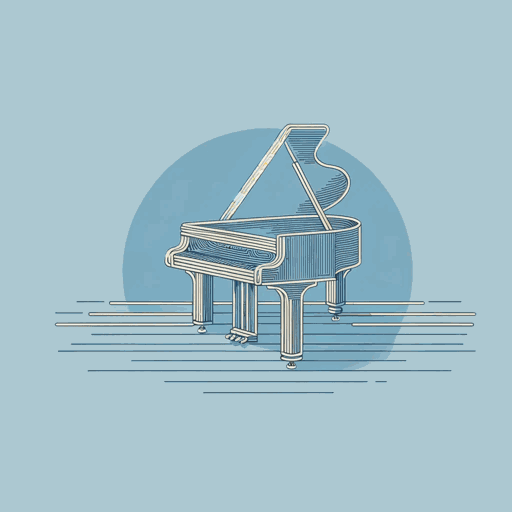20 pages • 40 minutes read
Langston HughesThe Weary Blues
Fiction | Poem | Adult | Published in 1926A modern alternative to SparkNotes and CliffsNotes, SuperSummary offers high-quality Study Guides with detailed chapter summaries and analysis of major themes, characters, and more.
Themes
Race, Racism, and Color
The theme of race appears in the poem's title since “The Weary Blues” ties the poem to blues. Rooted in the Black experience, the blues is inseparable from racism, slavery, and the songs enslaved Black people sang—spirituals, field hollers, work songs, and country string ballads. The blues generally reflects the suffering and determination of Black people, and Black blues musicians like Bessie Smith, W. C. Handy, and Ma Rainey popularized the genre. Thus, before even reading the poem, Hughes brings up the theme of race by placing the word “blues” in the title.
In Line 2, the speaker touches on race with the word “croon,” which sounds like “coon”—a racial slur white people could have called the blues singer in the South, New York, or anywhere in the country. The speaker then makes the singer's race clear when they announce, “I heard a Negro play” (Line 3). The word “negro” is not an outright racial slur in the poem. In the 1920s, it was another term for Black people. Now, the word is much more fraught. However, in "The Weary Blues," the word confirms that a Black man is playing the blues.
In Line 5, the speaker introduces whiteness with “the pale dull pallor of an old gas light.
Related Titles
By Langston Hughes
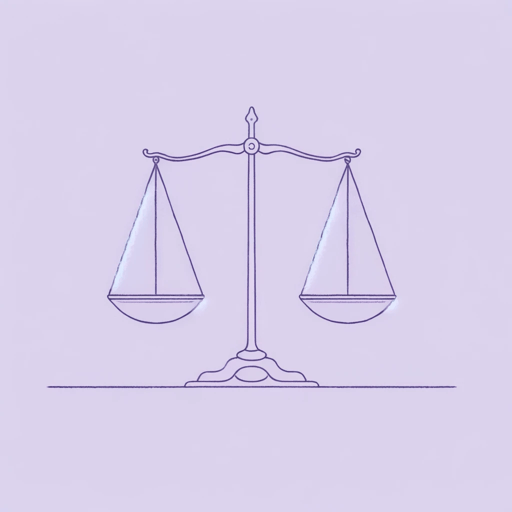
Children’s Rhymes
Langston Hughes
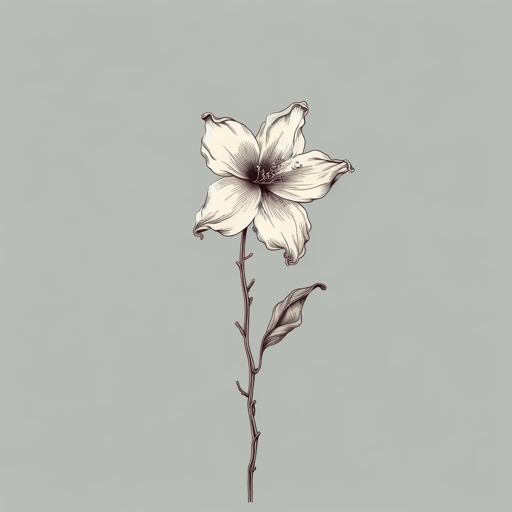
Cora Unashamed
Langston Hughes
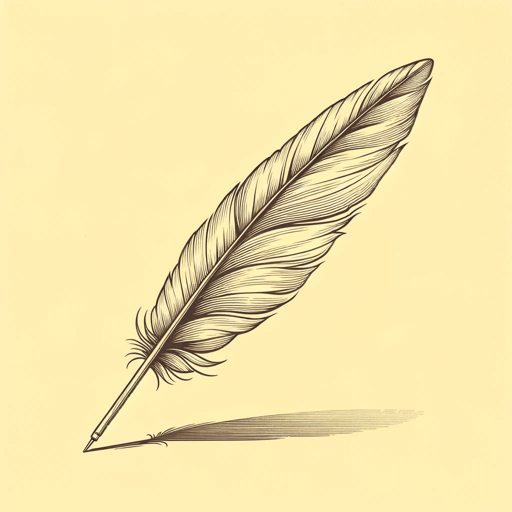
Dreams
Langston Hughes
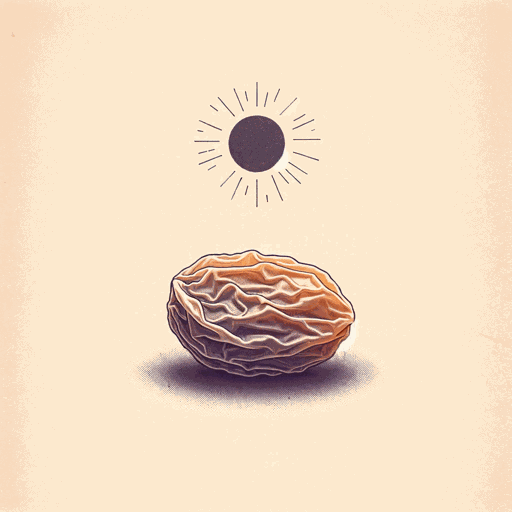
Harlem
Langston Hughes
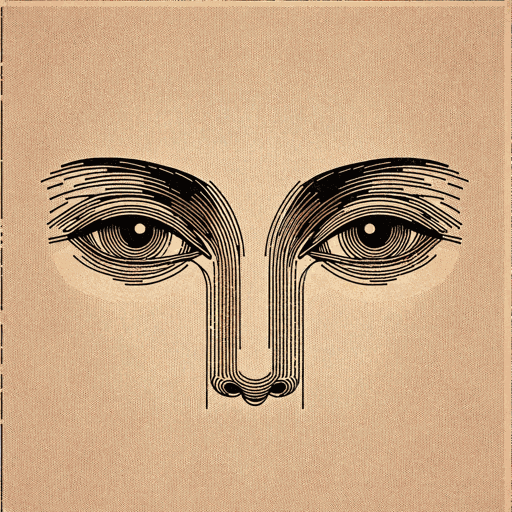
I look at the world
Langston Hughes
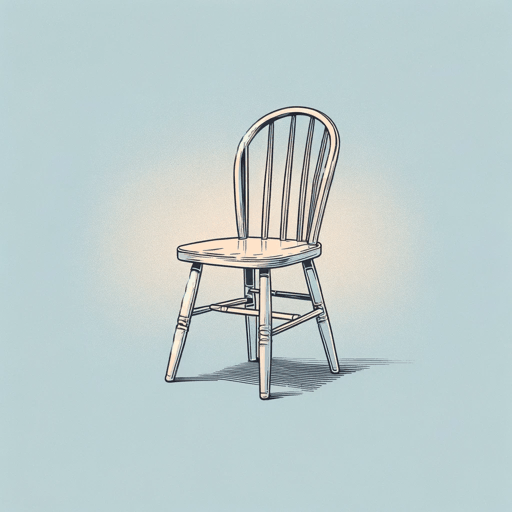
I, Too
Langston Hughes
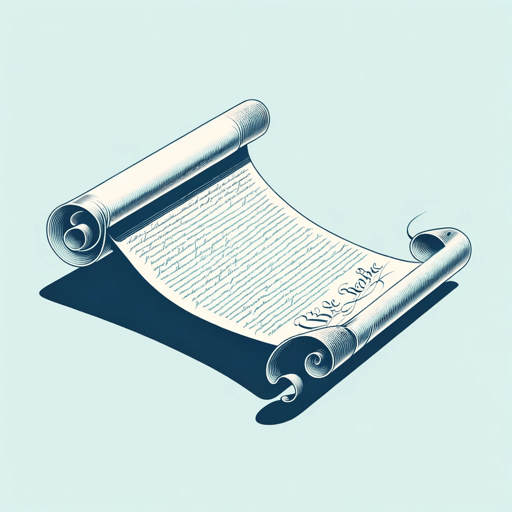
Let America Be America Again
Langston Hughes
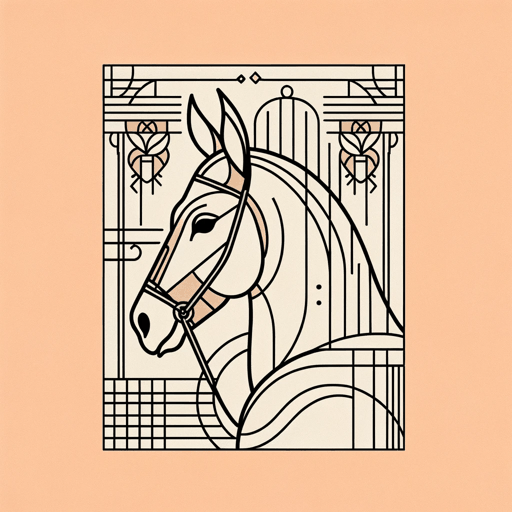
Me and the Mule
Langston Hughes

Mother to Son
Langston Hughes

Mulatto
Langston Hughes

Mule Bone: A Comedy of Negro Life
Langston Hughes, Zora Neale Hurston
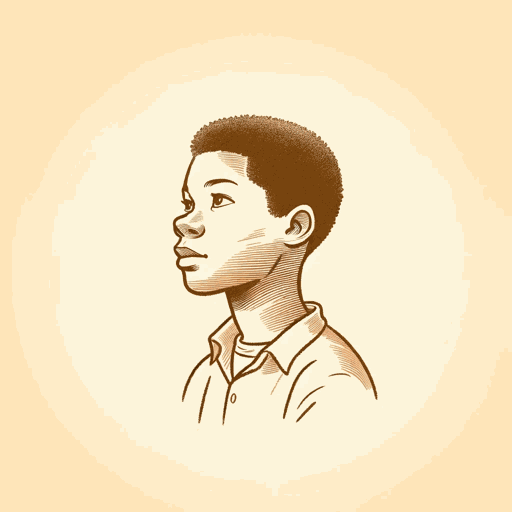
Not Without Laughter
Langston Hughes
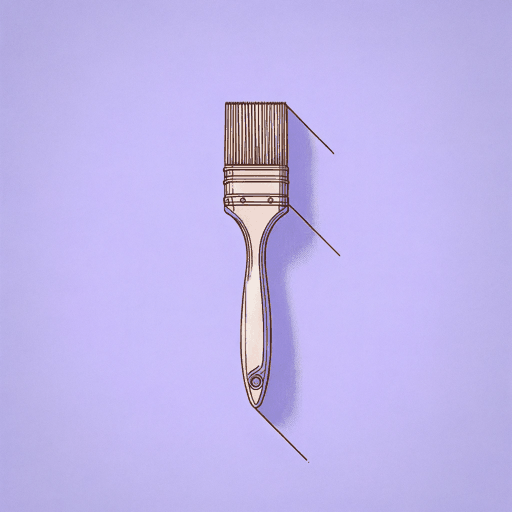
Slave on the Block
Langston Hughes
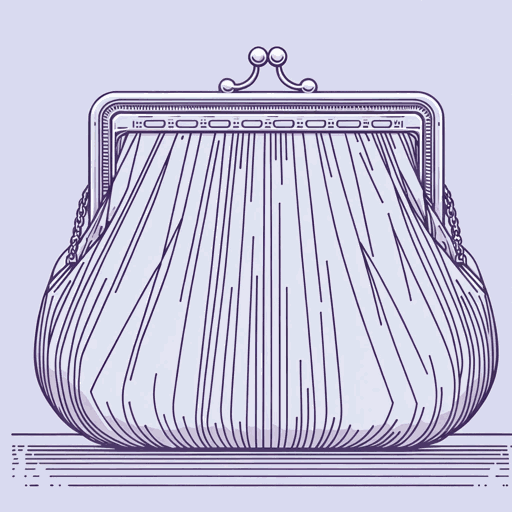
Thank You, M'am
Langston Hughes

The Big Sea
Langston Hughes
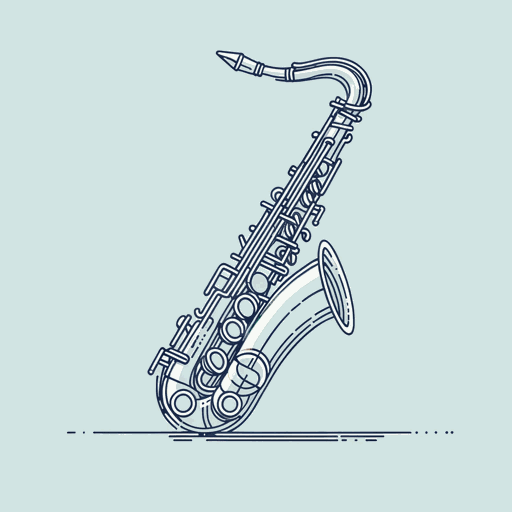
Theme for English B
Langston Hughes
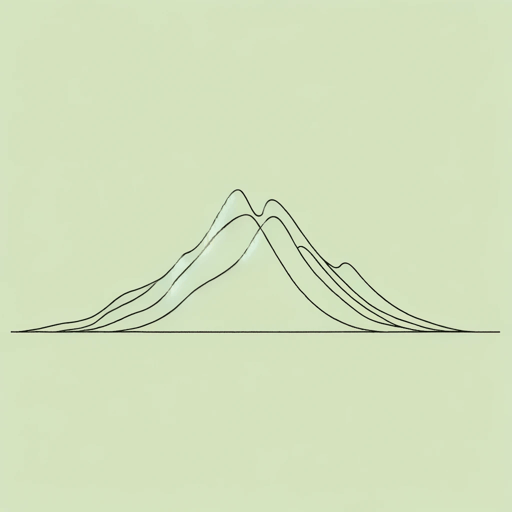
The Negro Artist and the Racial Mountain
Langston Hughes

The Negro Speaks of Rivers
Langston Hughes
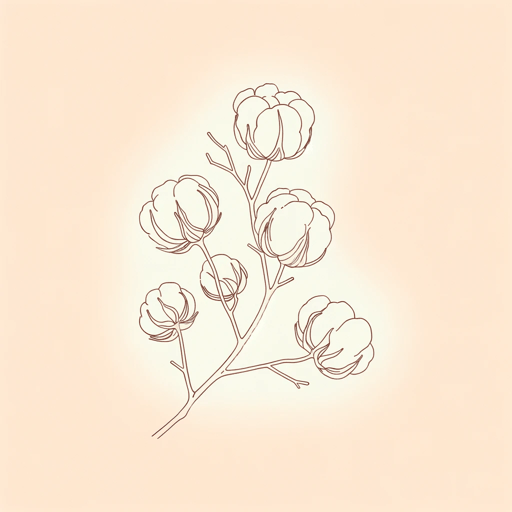
The Ways of White Folks
Langston Hughes

Tired
Langston Hughes
